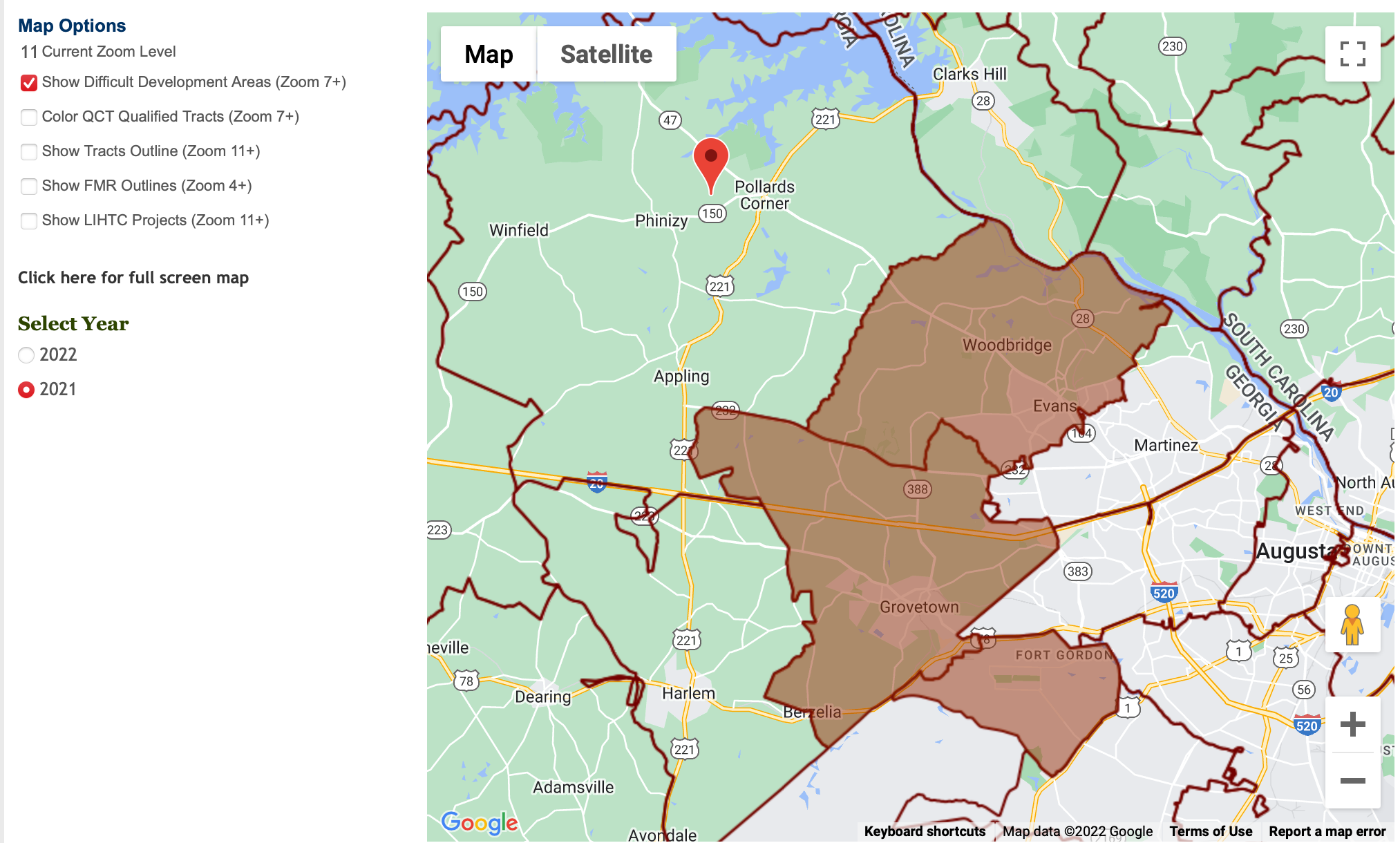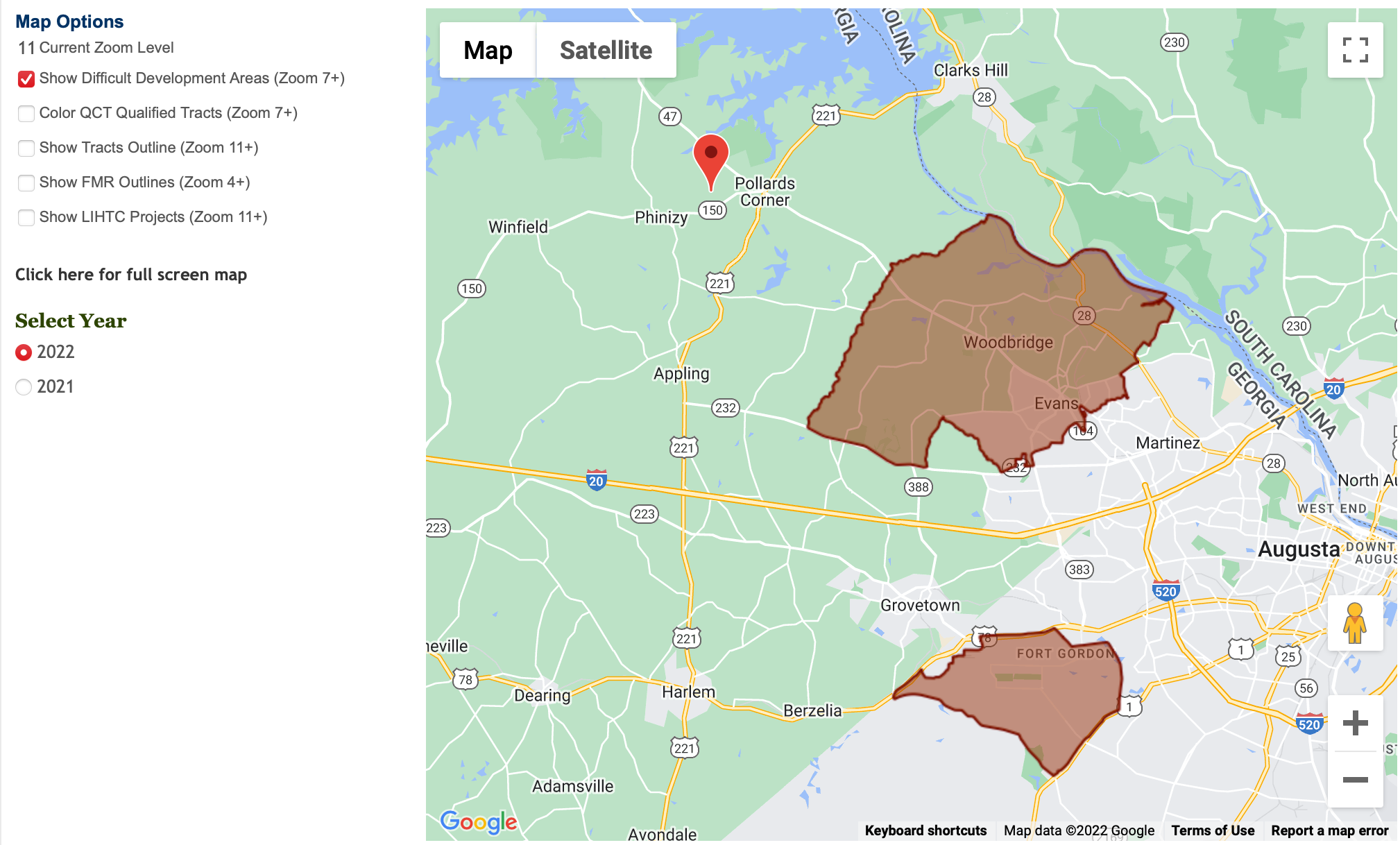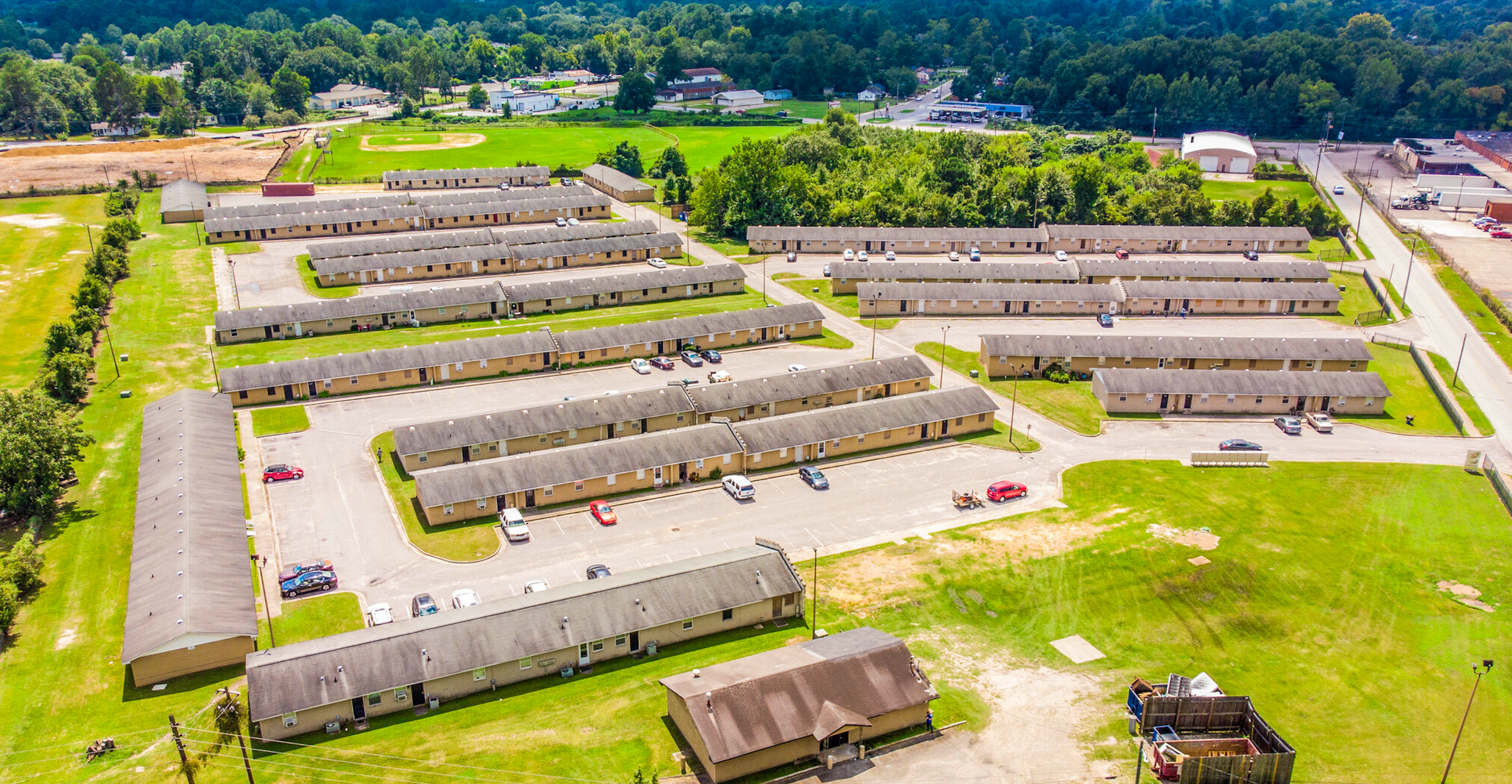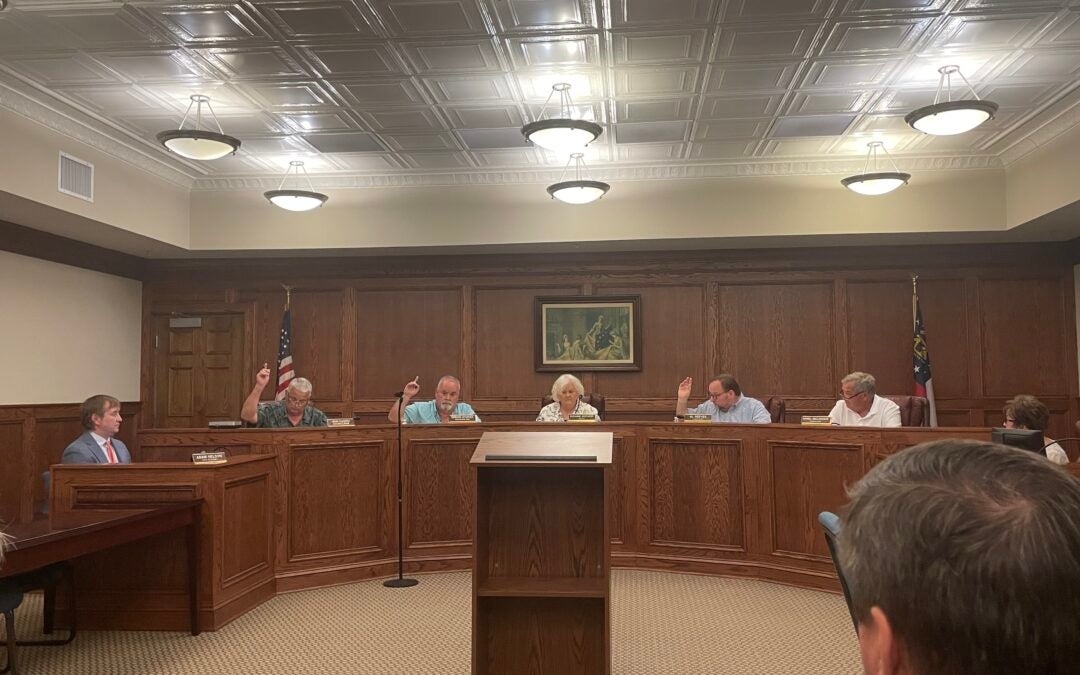(Editor’s note: Joe Edge, the publisher of The Augusta Press is also the owner of Sherman & Hemstreet Real Estate Company, which handled the sale transaction for 2470 Gordon Highway referenced in this article.)
Several tax credit apartment developments have been proposed in Columbia County in recent years but were unable to move forward either due to site-related issues or zoning restrictions. Richmond County, however, has new low-income apartments being built and more could be on the way.
Generally, apartments are classified into one of two categories, low-income or market rate. Low-income designated apartments are designated as such based on their ability to obtain federal tax credits in return for reduced rents while market rate is under no rent level restrictions. Most of the new apartments being built in both Richmond and Columbia counties are market rate. The demand for market rate and low-income units continues to grow as new residents flock to the Augusta area from all over the country.
As new apartments are built, older complexes either renovate and raise rents, or they move into the low-income market and cater to those displaced by rent increases. Usually, the path an apartment complex owner choses is determined by location, age and quality of the local schools.
MORE: Column: The ugly truth about local property tax increases
What is happening in the CSRA, and particularly in Richmond County, is that many older apartment complexes are being renovated, and their rents increased. When rents increase, those who can’t afford the new rate end up moving to older complexes that also typically raise rents but at a slower pace, as demand increases. Continual increases can lead to more people being designated as homeless or having to reside in extended stay hotels.
To avoid massive displacement in a growing area, the federal government has programs to incentivize developers to build affordable housing with rents that are below market rent to provide housing to lower income residents.
Designated as the Low-Income Housing Tax Credit affordable housing projects fill a need in the community by providing a segment of the population an alternative to market rate housing. These properties are restricted by the Department of Housing and Urban Development (HUD) and must charge a rental amount below what HUD designates as market rent. HUD also requires that only residents earning under a certain income level be deemed qualified for low income housing tract projects.
To qualify for the low income housing tax credit program, the property must be located in a qualified census tract as designated by HUD.
One new 200-unit complex is about to break ground and help fill some of the need for affordable housing in the area. The Lakeview Terrace Apartments at 2470 Gordon Hwy. is the newest low-income housing tax credit project that has been approved as reported by The Augusta Press this past February.
MORE: Low-income housing development underway on Gordon Highway
The sole deciding factor for the Lakeview Terrace Apartments location was being located in a designated census tract. Multiple market rate apartment complexes have been built or are being built in close proximity to the Gordon Highway and Dyess Parkway intersection near Fort Gordon.
To see if your home is located in a Qualified Census Tract CLICK HERE
Tax credit projects have become increasingly competitive in recent years as developers from all over the country seek sites that meet the specific criteria set by HUD. There is high interest in building more complexes like the one on Gordon Hwy in local designated tracts.

In addition to the qualified census tract, areas designated as “Difficult Development Area,” also are eligible for the low income housing tax credit program.
Currently, Columbia County has a large portion designated as “Difficult Development Area” with no areas designated as qualified census tracts. A large portion of the Grovetown area was removed from the zone between 2021 and 2022.


The main difference is that to qualify as one of the specified census tracts, the location area “must have 50 percent of households with incomes below 60 percent of the Area Median Gross Income or have a poverty rate of 25 percent or more.”
Difficult Development Areas like the one in Columbia County are “areas with high land, construction and utility costs relative to the area median income and are based on Fair Market Rents, income limits, the 2010 census counts, and five-year American Community Survey data.”
It is highly unlikely that Columbia County will see any low-income housing built in the near future. As Richmond County sees new sites approved for the low income housing tax credit program it is highly likely that at least one new complex will be built each year.
Joe Edge is the publisher for The Augusta Press. Reach him at joe.edge@theaugustapress.com








